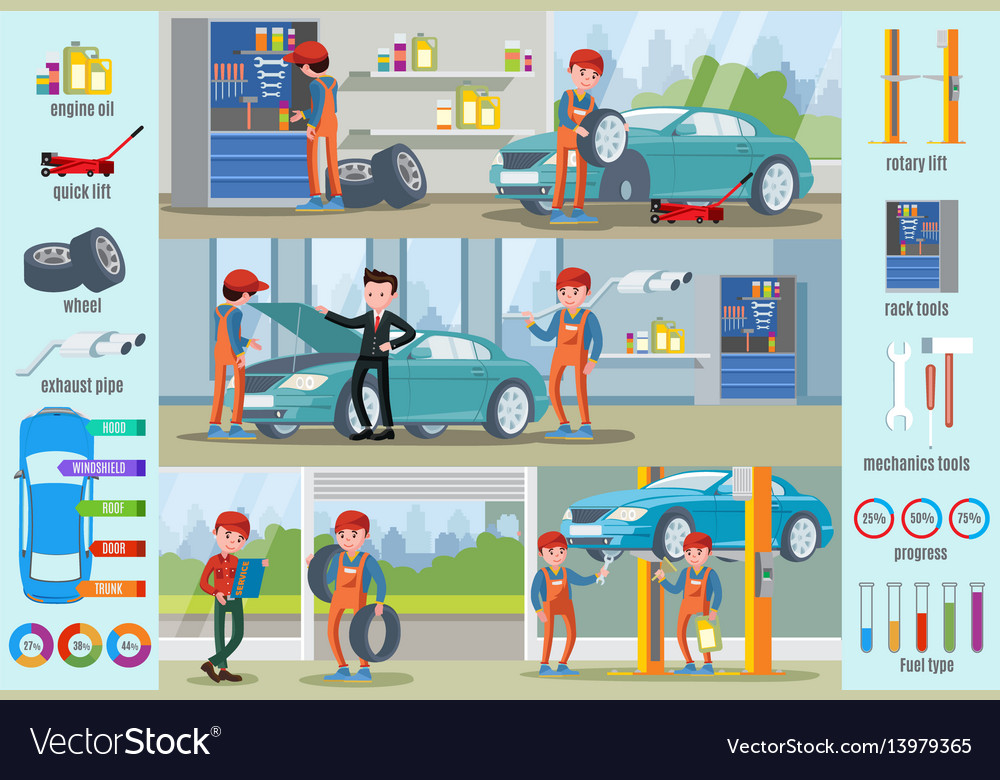Analyzing Your Automobile'S Warning Indicators: What They Truly Share
Analyzing Your Automobile'S Warning Indicators: What They Truly Share
Blog Article
Uploaded By-Vinson Shepherd
When you lag the wheel, those beautiful caution lights on your control panel can be a little bit difficult. Do you understand what they're attempting to tell you concerning your auto's health and wellness? Comprehending the importance of these lights is essential for your security and the longevity of your automobile. So, the next time one of those lights appears, wouldn't you intend to decipher its message precisely and take the necessary actions to resolve it?
Common Caution Lighting and Interpretations
Identify common caution lights in your automobile and recognize their definitions to make certain safe driving.
The most regular caution lights consist of the check engine light, which signifies issues with the engine or emissions system. If this light comes on, it's crucial to have your vehicle examined quickly.
The oil stress advising light shows reduced oil pressure, calling for instant interest to stop engine damages.
A flashing battery light may suggest a damaged charging system, potentially leaving you stranded otherwise resolved.
The tire pressure monitoring system (TPMS) light signals you to reduced tire pressure, influencing automobile stability and gas effectiveness. Ignoring this can cause unsafe driving problems.
The abdominal light indicates a problem with the anti-lock braking system, jeopardizing your capacity to stop swiftly in emergency situations.
Last but not least, the coolant temperature level alerting light warns of engine getting too hot, which can lead to severe damage otherwise dealt with quickly.
Comprehending these common caution lights will aid you deal with concerns promptly and maintain safe driving conditions.
Relevance of Prompt Interest
Comprehending the usual caution lights in your automobile is just the first step; the relevance of immediately dealing with these cautions can't be emphasized enough to guarantee your safety and security when driving.
When a caution light brightens on your dashboard, it's your car's means of communicating a possible concern that requires attention. Overlooking these cautions can result in extra serious troubles later on, jeopardizing your security and potentially costing you extra out of commission.
Get More to alerting lights can prevent break downs and mishaps. For instance, a blinking check engine light could indicate a misfire that, if left neglected, can cause damages to the catalytic converter. Resolving this quickly can conserve you from a pricey repair service.
Similarly, a brake system warning light might signal reduced brake fluid or worn brake pads, important elements for your safety and security when driving.
DIY Troubleshooting Tips
If you observe a caution light on your dashboard, there are a few do it yourself troubleshooting tips you can try prior to looking for professional aid.
The first step is to consult your vehicle's handbook to comprehend what the details caution light shows. In some cases the issue can be as basic as a loosened gas cap setting off the check engine light. Tightening up the gas cap might resolve the issue.
An additional usual problem is a reduced battery, which can set off various advising lights. Examining the battery connections for rust and ensuring they're protected may repair the problem.
If a warning light lingers, you can attempt resetting it by detaching the automobile's battery for a few minutes and afterwards reconnecting it. Additionally, examining https://dominickarhxm.wssblogs.com/30312806/crucial-devices-that-every-automobile-repair-work-center-must-include , such as oil, coolant, and brake fluid, can aid troubleshoot advising lights connected to these systems.
Final thought
To conclude, comprehending your automobile's caution lights is necessary for maintaining your vehicle running smoothly and safely. By without read this article dealing with these signals and recognizing what they mean, you can prevent costly repair services and potential malfunctions.
Bear in mind to consult your cars and truck's guidebook for certain details on each advising light and do something about it accordingly to ensure a hassle-free driving experience.
Stay informed, remain secure on the road!
